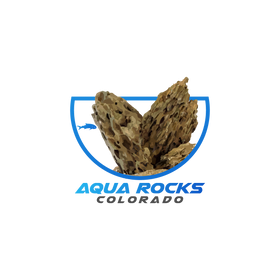BBA - Black Beard Alage
Black beard algae, also known as BBA, is a type of red algae that is notorious for its fast growth and difficult-to-control nature. It is a common problem for aquarists and can be frustrating to deal with. In this post, we'll take a closer look at black beard algae, its causes, and how to get rid of it.
Black beard algae typically appear as dark, bushy tufts that grow on surfaces such as rocks, substrate, and even plant leaves. It can be difficult to remove manually, as it has strong, hair-like filaments that can attach themselves to surfaces tightly.
The main causes of black beard algae are high levels of phosphates and low levels of carbon dioxide in the aquarium. Poor lighting and inadequate circulation can also contribute to the growth of BBA.
To get rid of black beard algae, it is important to address the underlying causes. First, reduce the levels of phosphates in the aquarium by performing regular water changes and using a high-quality phosphate remover. Next, ensure that the aquarium has adequate carbon dioxide levels by using a CO2 injection system or supplementing with liquid carbon.
Increasing the lighting intensity and duration can also help to control black beard algae. However, be careful not to overdo it, as this can promote the growth of other types of algae. It's also a good idea to provide adequate circulation within the aquarium to prevent stagnant areas where BBA can thrive.
Manual removal of black beard algae can be done using a toothbrush or other soft-bristled brush. Be sure to remove as much of the algae as possible, as leaving even small amounts can allow it to grow back quickly.
In summary, black beard algae can be a challenging problem to deal with, but it is possible to get rid of it by addressing the underlying causes and performing regular maintenance on the aquarium. With some patience and perseverance, you can have a healthy and algae-free aquarium.

